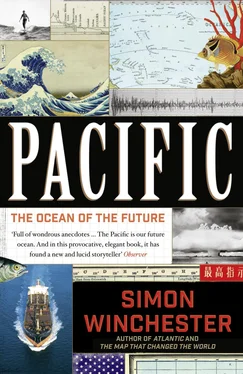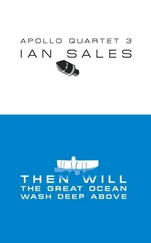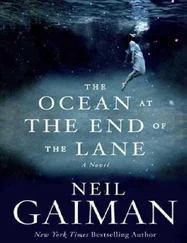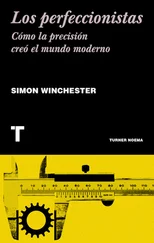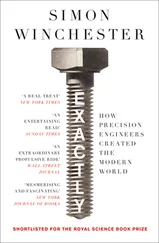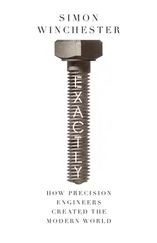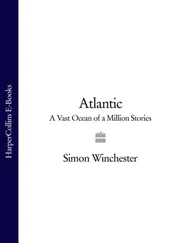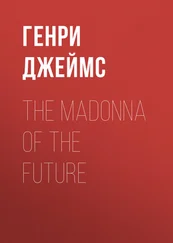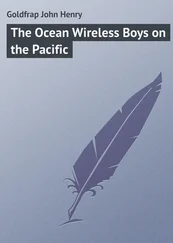Such is in evidence everywhere, at every stop, on the United island hopper’s run. Hawaii, the starting point, is of course the quintessential exemplar of the mixing of what outsiders see as Polynesian magic and transpacific migration. From Polynesia there is the plangent sound of the ukulele, the sight of the grass skirt, the blossom in thick black hair tipped behind the ear, the nut-brown skin, the dancing, the dancing, the dancing.
Yet when I lived for a while in Manoa, on the eastern side of Honolulu City, it was not so much Polynesian culture that lapped into every corner of my life as the cultural influences of the farther side of the Pacific Ocean. 1 1 Statistics bear out the easily forgotten reality that whites— haoli , in the vernacular, a word uttered with some disdain—are a minority on the Hawaiian Islands. Their 336,000 (in 2010) are matched by almost half a million from countries around or within the Pacific Ocean, including 200,000 Filipinos and 185,000 Japanese. Eighty thousand only are native Hawaiians. 2 Tsingtao beer, its brewery long overseen by a German brewmaster, remains the most visible reminder of the kaiser’s historic influence in eastern China. While the beer retains the old Wade-Giles transliteration of its name, the city itself is now restyled Qingdao. 3 There can be few more impressive examples of German engineering than this eighteen-thousand-ton, thirty-two-knot (and exceptionally beautiful) warship, since she survived not only innumerable strikes by RAF bombers during the war, but also two nuclear tests in the Bikini atoll lagoon, where she was placed as a target for one air-dropped bomb and for a massive underwater weapon called Helen of Bikini . Still floating after the second test, but fiercely radioactive—all her crew would have died—she was towed to Kwajalein, developed a leak, and capsized, her enormous guns falling out of their barbettes and onto the seafloor. One of her screws has now been placed in a museum; the others remain visible at low tide. Prinz Eugen will never be salvaged, however, since her steel is still lethally contaminated.
There was a Japanese grocery store down the street, a Burmese restaurant next door, and every other person on the bus seemed to be from Manila. I kept hearing Korean spoken in the elevators, and met Chinese migrants in the most unexpected places: the elderly man who cut what remains of my hair was from Kowloon, and had been a waiter for decades on the Coral Princess , a Hong Kong–flagged liner that once shuttled between Sydney and Tokyo, by way of Jakarta, Port Moresby, Manila, and Shanghai.
Nonetheless, Polynesia rather than Pacific Asia is the current preferred affect of Hawaii. Polynesia is the impression one likes to carry away, as the islands fade astern or over the horizon. Hula, luau, aloha, lei, ohana —the best-known words from a lexicon constructed from the thirteen letters of the Hawaiian alphabet—hear them, and you know in an instant which ocean you’re in.
This place—though an American state since 1959 (the other Pacific state, Alaska, was similarly admitted almost eight months before), and much changed as a consequence—is still in its perceived cultural essence the Pacific of its Western devotees. Hawaii manages still, deep down, to evoke some of what was felt by Gauguin during his time in the Marquesas, or by those who brought Omai of Ra’iatea to London, or by those gently compassionate scholar-administrators such as Arthur Grimble, famed for his once-favorite memoir of Pacific life, A Pattern of Islands .
Hawaii’s shopping malls and warplanes and mountaintop telescopes and aircraft carriers and its legions of resident oceanographers and meteorologists may give the impression that the islands have fully entered and embraced the modern era. Yet, culturally, Hawaii is still Polynesia, linked firmly to Easter Island and the Cook Islands and Aotearoa (“the Land of the Long White Cloud”), New Zealand. Hawaii, for all its apparent intimacy with the American mainland, still resonates with the old Pacific stories of Herman Melville, of Robert Louis Stevenson. It is still emotionally connected to the Pacific that so enchanted poets such as Rupert Brooke, who spent seven idyllic months two thousand miles farther south, in Tahiti, and memorialized it in lines that, once heard, are long remembered:
Taü here , Mamua, Crown the hair, and come away! Hear the calling of the moon, And the whispering scents that stray About the idle warm lagoon. Hasten, hand in human hand, Down the dark, the flowered way, Along the whiteness of the sand, And in the water’s soft caress, Wash the mind of foolishness.
They may well be. But the Pacific of Brooke’s “soft caress” is soon swallowed up as United 154 soars ever westward each morning, into what swiftly becomes much darker territory—both metaphorically and actually.
Some fifteen hundred miles on from Honolulu, the flight crosses the International Date Line, and the day on board is instantly transmuted into tomorrow. Wristwatch date windows have to be changed, and diary pages flipped forward; the shadows at each airport stop lengthening, so the next day’s afternoon steadily begins to take over from the past day’s morning.
The date line, a necessary evil for maintaining a system of timekeeping in a spheroidal and interconnected world, was originally set down here, right in the middle of the Pacific. It could have arrowed straight from north to south, like an antimeridian to Greenwich, on the opposite side of the globe; but since it was going to make calendric mayhem in whatever populated place it passed through, the delegates to the International Meridian Conference, held in Washington, DC, in 1884, designed it to zigzag this way and that around the islands and minor republics and kingdoms that got in its way, or were near to it.
At the time this was done, the Pacific was a commercially comatose expanse of sea, with neither aircraft nor telephone cables in place, its international trade limited mainly to the peddling of copra, whale oil, and guano. The existence of an ephemeral line that magically decreed it to be noon on a nonworking Tokyo Saturday while it was still breakfast time on a potentially busy California Friday had scarcely any effect on such matters as the trade in guano futures. In the days long before arbitrage became all the rage, the date line was no more than an idle conceit, something for the stewards on long-haul ships to tell their passengers, who found “gaining a day” or “losing a day” to be greatly amusing.
Today, however, when snap decisions in Japan can urgently affect financial doings in San Francisco, the line has become something of an inconvenience. A Friday decision can’t always be made, because where it needs to be made, it is Saturday. It need not have been so: back in 1884, because of arguments over the siting of the prime meridian, with the apoplectic French naturally opposed to its running through a suburb of London, a genial Canadian time zone expert named Sandford Fleming suggested that the prime meridian be placed in the middle of the Pacific instead, and the date line made to run from pole to pole, where the Greenwich line does today. His idea was ridiculed; but today some few remember him fondly, and would also like to see the date line moved into the Atlantic, to minimize the nuisance it causes in the commercially busiest ocean in the world.
Yet this is no more than technical stuff. There is quite another kind of darkness into which United 154 flies, a more metaphorical darkness, and one that helps paint a rather fuller picture of today’s Pacific Ocean.
Once across the line, the plane leaves the ethnic limits of Polynesia. The Marshall Islands, of which Majuro is the capital, are part of the sprawling archipelagos of Micronesia. Together with the prettily named Carolines and the Marianas, these hundreds of small islands in the northwestern quadrant of the ocean—some of them tall and volcanic; most of the Marshalls low atolls of coral, and lethally vulnerable to the ever-rising seas—present en bloc a troubling example of the recent history of the ocean and its people. Of what can happen to a place and a population subjected to the casual exploitation of foreigners who, all too frequently in recent centuries, have seen the ocean’s immense blue expanse as having been created for their convenience alone.
Читать дальше
